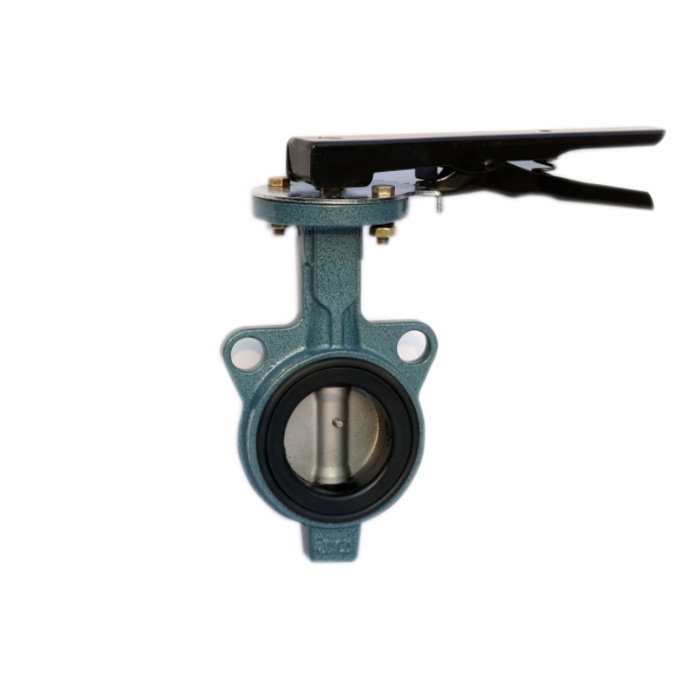Why Do We Use Butterfly Valve?
The butterfly valve is a quarter-turn rotary motion valve used to stop, adjust and start the flow.
The butterfly valve can be opened easily and quickly. The 90° rotation of the handle provides complete closing or opening of the valve. Large butterfly valves are usually equipped with a so-called gearbox, where the handwheel is connected to the valve stem by a gear. This simplifies the operation of the valve, but at the expense of speed.
Due to its small size, simple structure, and lightweight, butterfly valves are increasingly used in piping systems such as cold and hot air, water and electricity, environmental protection, building water supply and drainage, and municipal engineering. Used as a medium for intercepting or intermediary flow. On many occasions, due to the advantages of the butterfly valve itself, it has been possible to replace gate valves, globe valves, ball valves, and other valves in industrial pipeline applications.
The structure of the butterfly valve is very simple, with only a few simple parts such as the valve body, valve stem, valve disc, valve seat, and transmission. Although the structure is simple, the function of the butterfly valve cannot be underestimated. The small structure has great practical value.
The butterfly valve can be used to adjust the flow. When the flow adjustment butterfly valve needs to be under special working conditions, or in a sealed environment, the performance requirements are strict, or the operating conditions of the butterfly valve are severely worn, low temperature, and other harsh work.
Advantages of the butterfly valve
Compared with other types of valves, butterfly valves have many advantages.
Compact design; small space requirements.
Lightweight; easily supported by the piping system.
Fast operation; reduce opening or closing time.
Easy to install.
The operating torque is small and the operation is simple.
Available in very large sizes.
Improve energy efficiency.
Low-pressure drop, high-pressure recovery.
The long service life of the valve.
The construction cost is relatively low.
The number of parts is small; therefore, maintenance is reduced.
Disadvantages of butterfly valves
However, the butterfly valves listed below have few disadvantages.
Throttle applications are limited to low dropout.
The disk motion is affected by the turbulence of the flow.
The valve disc is always under pressure, even if it is in the open state, it will interrupt the fluid flow.
The possibility of cavitation and blocked flow is a concern.
Poor sealing function.
Not suitable for the high-pressure difference.
Here are some reasons why it is best to install a butterfly valve over a gate valve:
Due to its lightweight and small space requirements, butterfly valves are easier to operate and install into applications.
Compared with gate valves, the face-to-face size of butterfly valves is much smaller, and it is an ideal valve used in small spaces.
The butterfly valve is easier to operate and reduces faster opening and closing-it only takes a quarter of a turn to fully open and close the valve.
Butterfly valves have a much shorter shaft than gate valves, which means there are fewer access problems.
Due to lower requirements and lighter weight, butterfly valves are generally cheaper.

Copyright © Hebei Yaosheng IM & EX Trading Co.,Ltd. All Rights Reserved |Sitemap | Technical Support: 
